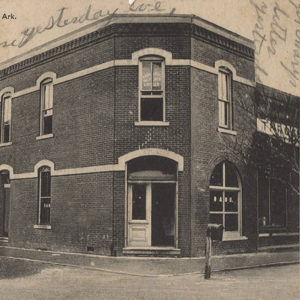 Clay County Bank
Clay County Bank
Entry Category: Cities and Towns
 Clay County Bank
Clay County Bank
 John Clayton Marker
John Clayton Marker
Clear Spring (Clark County)
 Cleburne County Courthouse
Cleburne County Courthouse
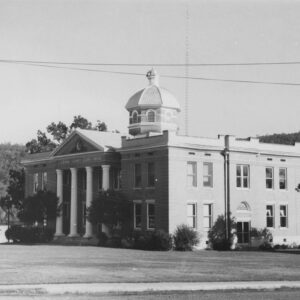 Cleburne County Courthouse
Cleburne County Courthouse
Cleveland (Conway County)
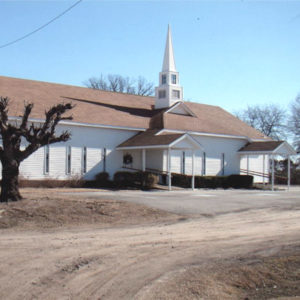 Cleveland Church
Cleveland Church
 Cleveland County Courthouse
Cleveland County Courthouse
 Cleveland County Schools
Cleveland County Schools
 Cleveland Street Scene
Cleveland Street Scene
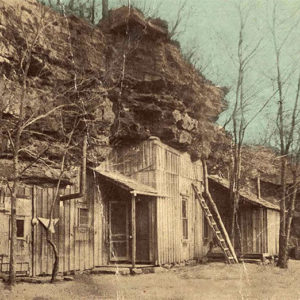 Cliff Home
Cliff Home
Clinton (Van Buren County)
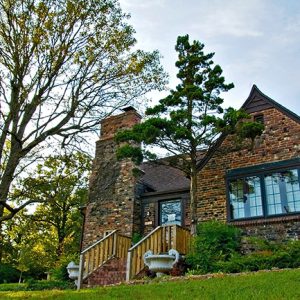 Clintons' House
Clintons' House
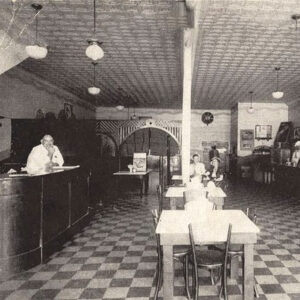 Co-ed Cafe
Co-ed Cafe
Coal Hill (Johnson County)
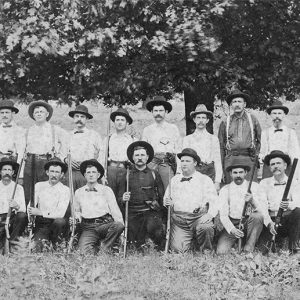 Coal Mine Guards
Coal Mine Guards
 Coal Miners Monument
Coal Miners Monument
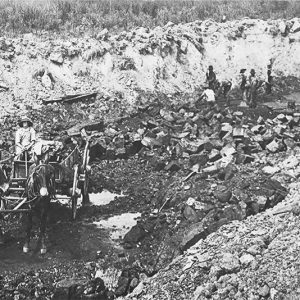 Coal Mining
Coal Mining
 Coal Pile Lake
Coal Pile Lake
Coaldale (Scott County)
 Cockrill Campaign Card
Cockrill Campaign Card
 Coffer Dam
Coffer Dam
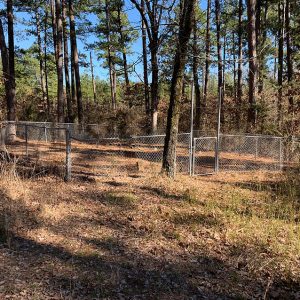 Colburn Cemetery
Colburn Cemetery
Colburn Spring (Scott County)
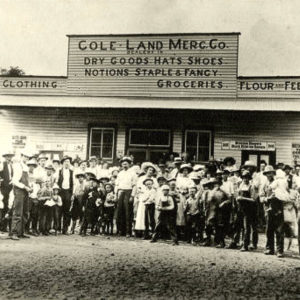 Cole-Land Mercantile Company
Cole-Land Mercantile Company
 Coleman Quartz
Coleman Quartz
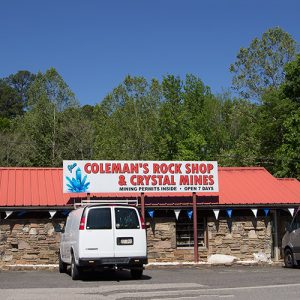 Coleman's
Coleman's
College City (Lawrence County)
Collegeville (Saline County)
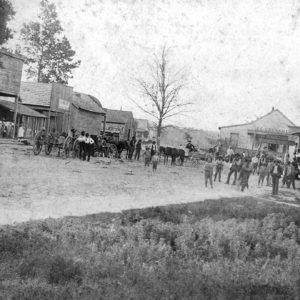 Collins Street Scene
Collins Street Scene
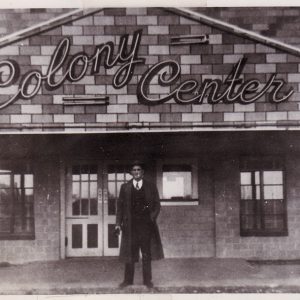 Colony Center
Colony Center
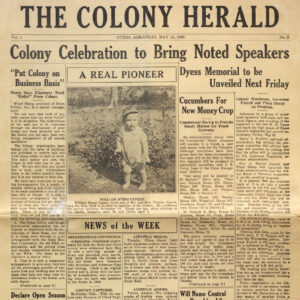 Colony Herald
Colony Herald
 Colony House Band
Colony House Band
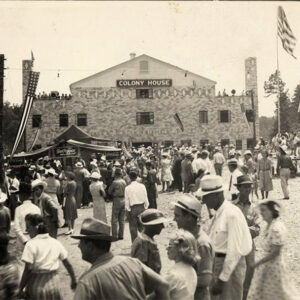 Colony House Crowd
Colony House Crowd
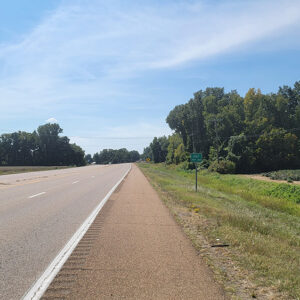 Entering Colt
Entering Colt
Colt (St. Francis County)
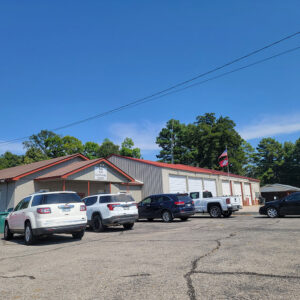 Colt City Hall and Fire Dept.
Colt City Hall and Fire Dept.
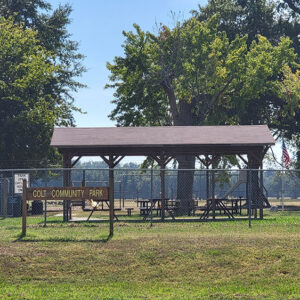 Colt Community Park
Colt Community Park
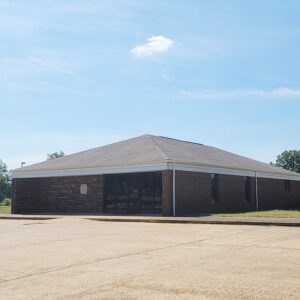 Colt Post Office
Colt Post Office
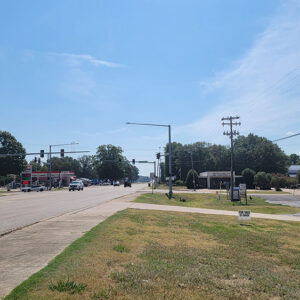 Colt Street Scene
Colt Street Scene
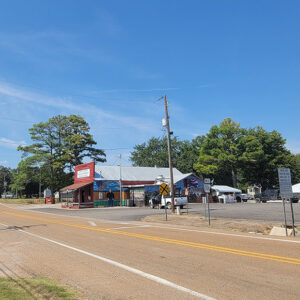 Colt Street Scene
Colt Street Scene
Columbia (Chicot County)
Columbia (Randolph County)
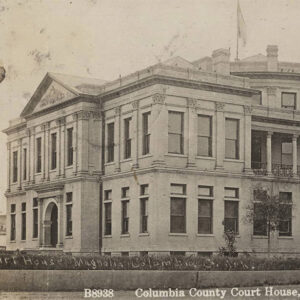 Columbia County Courthouse
Columbia County Courthouse
 Columbia County Courthouse
Columbia County Courthouse
 Columbia County Courthouse
Columbia County Courthouse
Columbus (Hempstead County)
 Comet Coal Mine
Comet Coal Mine
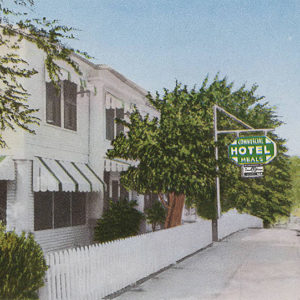 Commercial Hotel
Commercial Hotel
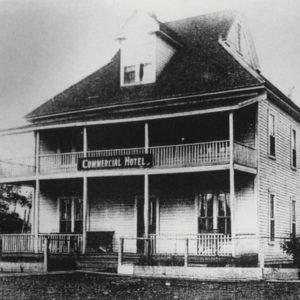 Commercial Hotel
Commercial Hotel




